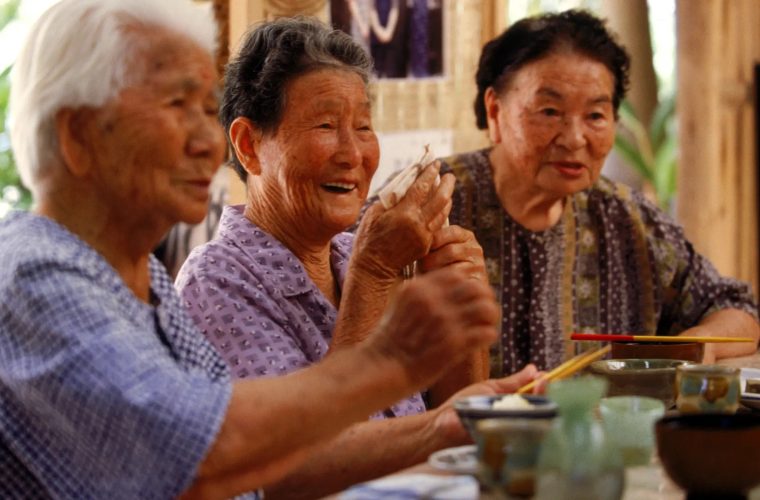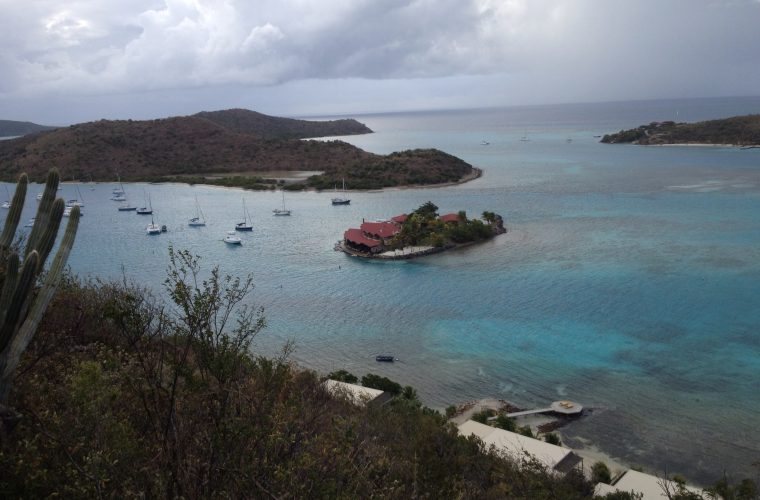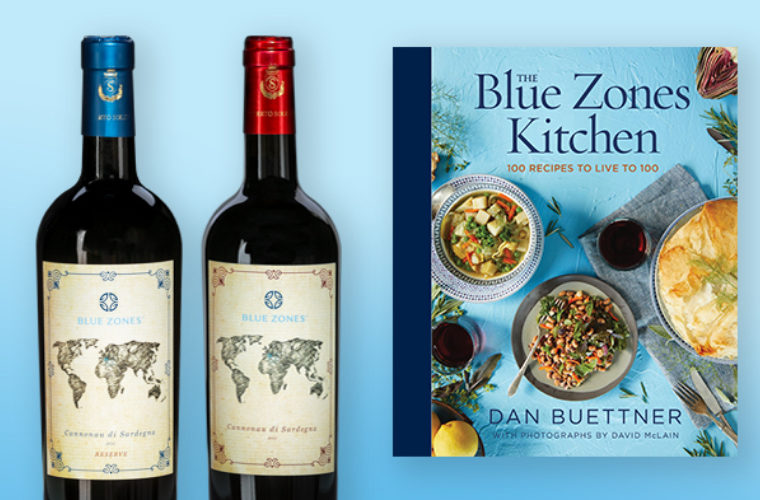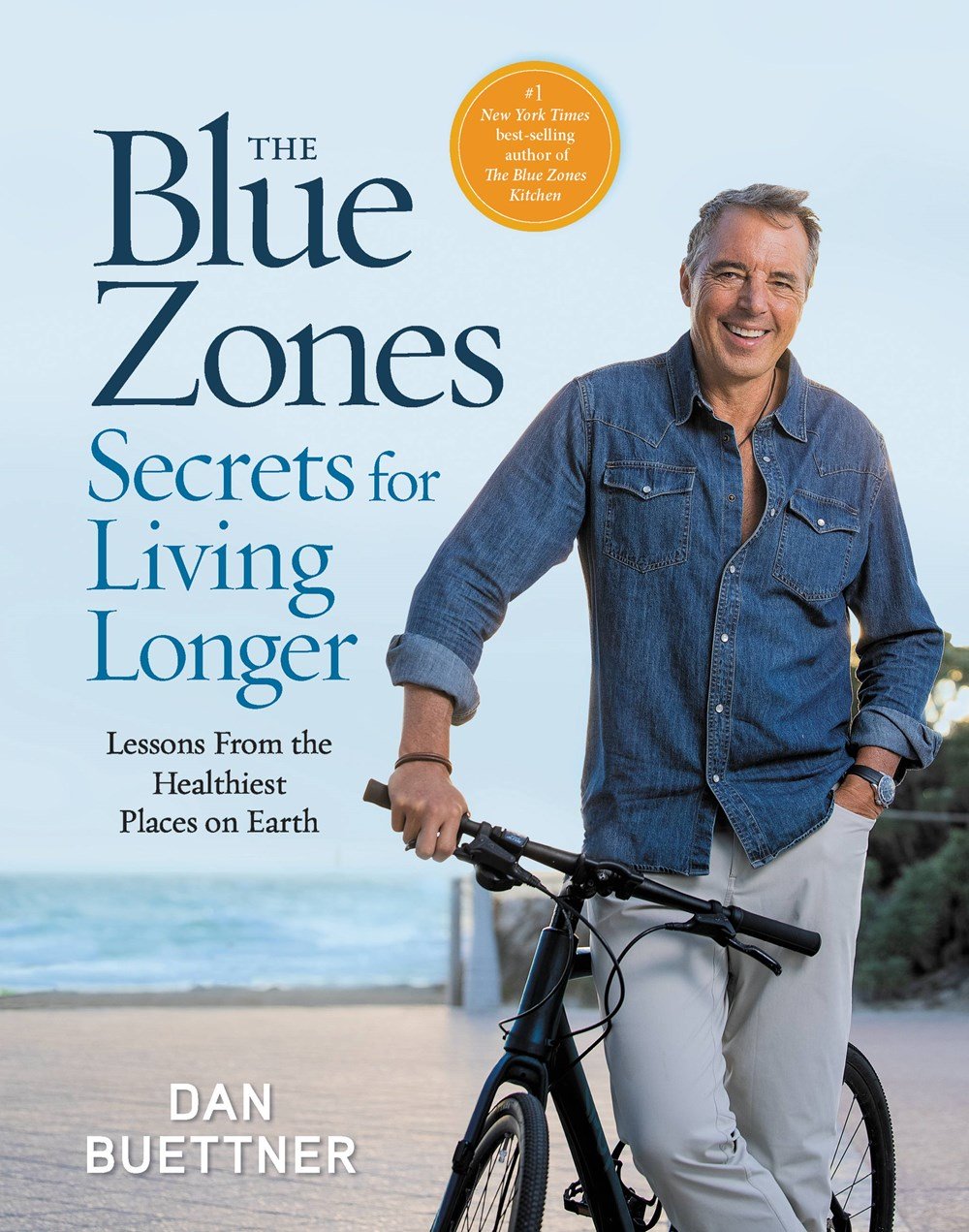Find a sanctuary in time.
A weekly break from the rigors of daily life, the 24-hour Sabbath provides a time to focus on family, God, camaraderie, and nature. Adventists claim this relieves their stress, strengthens social networks, and provides consistent exercise.
Maintain a healthy body mass index (BMI).
Adventists with healthy BMIs (meaning they have an appropriate weight for their heights) who keep active and eat meat sparingly, if at all, have lower blood pressure, lower blood cholesterol , and less cardiovascular disease than heavier Americans with higher BMIs.
Get regular, moderate exercise.
The Adventist Health Survey (AHS) shows that you don’t need to be a marathoner to maximize your life expectancy. Getting regular, low-intensity exercise like daily walks appear to help reduce your chance of having heart disease and certain cancers.
Spend time with like-minded friends.
Adventists tend to spend time with lots of other Adventists. They find well-being by sharing each other’s values and supporting each other’s habits.
Snack on nuts.
Adventists who consume nuts at least five times a week have about half the risk of heart disease and live about two years longer than those who don’t. At least four major studies have confirmed that eating nuts has an impact on health and life expectancy.
Give something back.
Like many faiths, the Seventh-day Adventist Church encourages and provides opportunities for its members to volunteer. People like centenarian Marge Jetton stay active, find sense of purpose, and stave off depression by focusing on helping others.
Eat meat in moderation.
Many Adventists follow a vegetarian diet. The AHS shows that consuming fruits and vegetables and whole grains seems to be protective against a wide variety of cancers. For those who prefer to eat some meat, Adventist recommend small portions served as a side dish rather than as the main meal.
Eat an early, light dinner.
“Eat breakfast like a king, lunch like a prince and dinner like a pauper,” American nutritionist Adelle Davis is said to have recommended — an attitude also reflected in Adventist practices. A light dinner early in the evening avoids flooding the body with calories during the inactive parts of the day. It seems to promote better sleep and a lower BMI.
Put more plants in your diet.
Nonsmoking Adventists who ate two or more servings of fruit per day had about 70 percent fewer lung cancers than nonsmokers who ate fruit once or twice a week. Adventists who ate legumes such as peas and beans three times a week had a 30 to 40 percent reduction in colon cancer. Adventists women who consumed tomatoes at least three or four times a week reduced their chance of getting ovarian cancer by 70 percent over those who ate tomatoes less often. Eating a lot of tomatoes also seemed to have an effect on reducing prostate cancer for men.
Drink plenty of water.
The AHS suggests that men who drank five or six daily glasses of water had a substantial reduction in the risk of a fatal heart attack — 60 to 70 percent — compared to those who drank considerably less.
This is an excerpt from Blue Zones: Lessons For Living Longer From The People Who’ve Lived The Longest. By Dan Buettner, Copyright 2008, all rights reserved.





